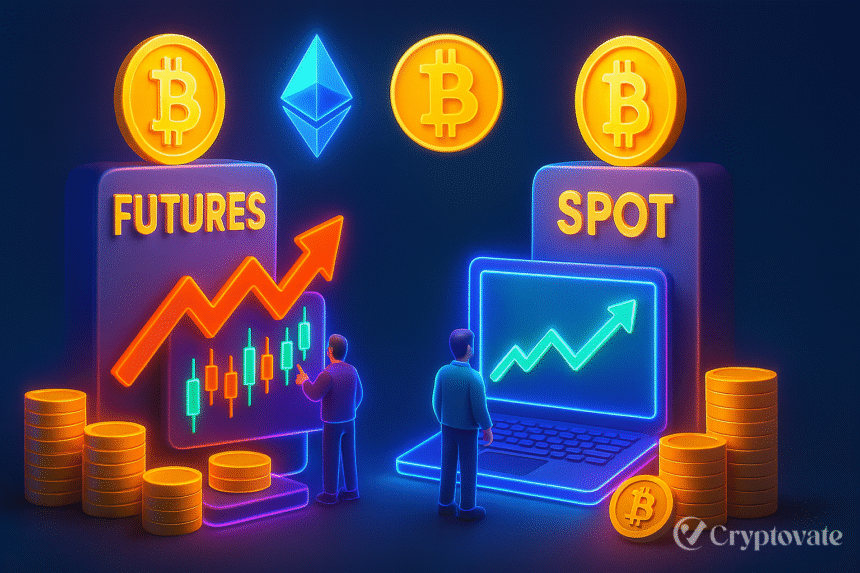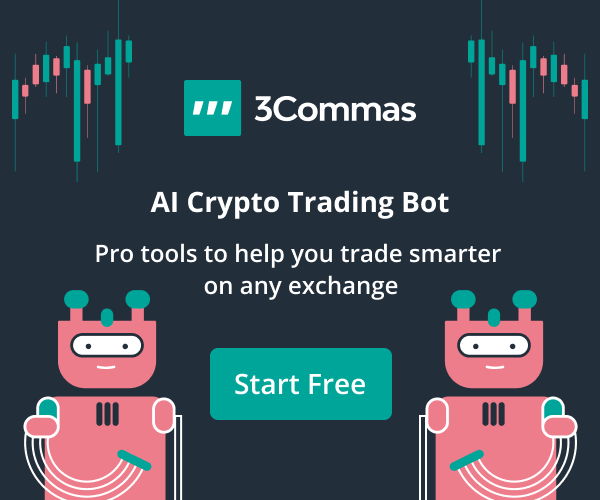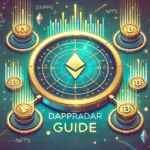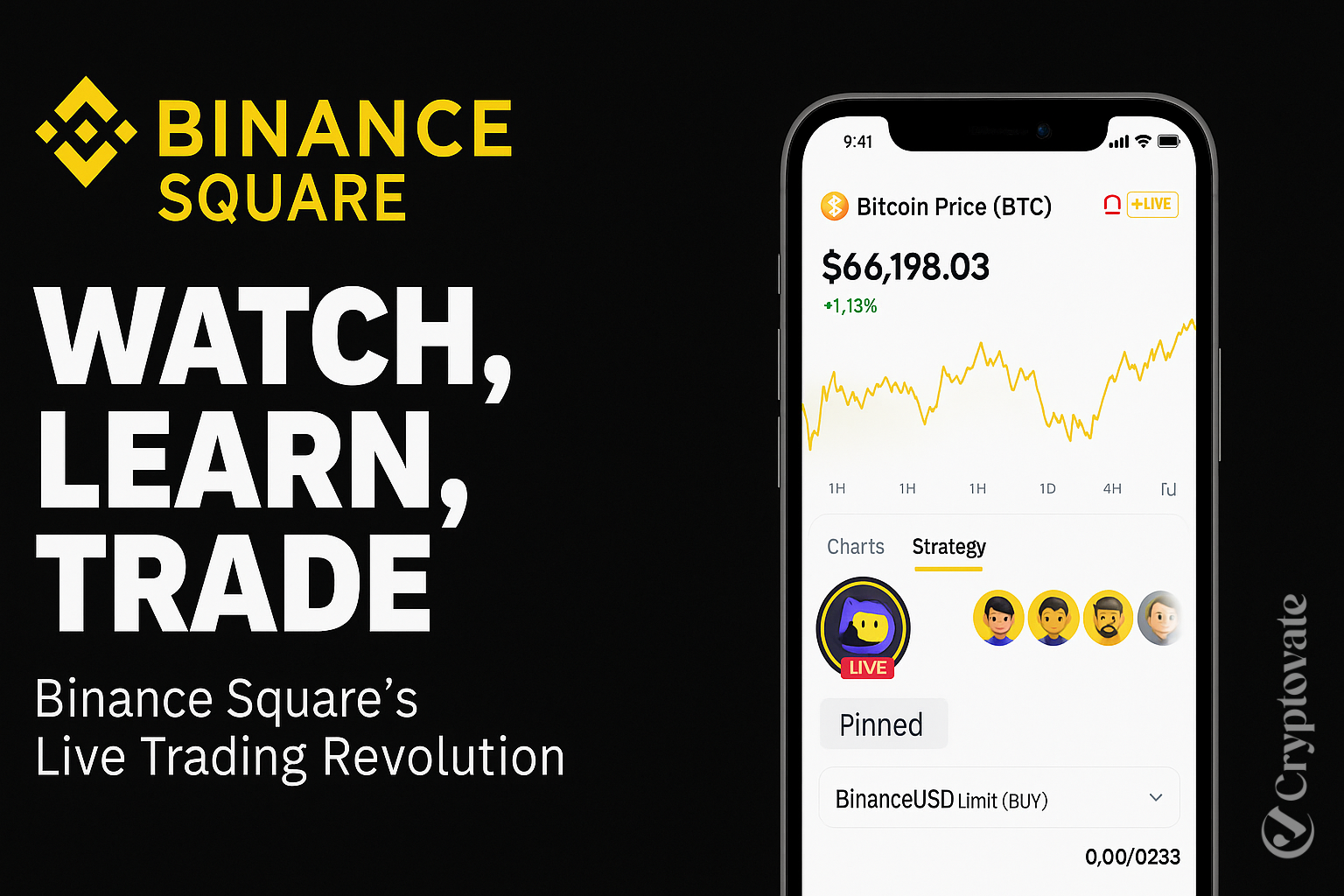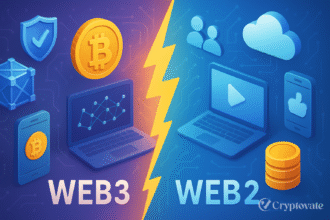– Ad –
| Getting your Trinity Audio player ready... |
Cryptocurrency trading has evolved significantly, offering diverse options for investors and traders in 2025. Two popular methods—crypto futures and spot trading—cater to different strategies, risk tolerances, and financial goals. Understanding their differences, benefits, and risks is crucial for making informed decisions. This article breaks down crypto futures and spot trading, helping you decide which approach aligns with your objectives in the dynamic crypto market.
What is Spot Trading?
Spot trading involves buying or selling cryptocurrencies for immediate delivery and settlement. When you purchase Bitcoin or Ethereum on an exchange, you own the actual asset, which is transferred to your wallet upon transaction completion. You buy or sell at the prevailing market rate, commonly known as the “spot price.”
Key Features of Spot Trading
- Immediate Ownership: You gain full ownership of the cryptocurrency once the trade is executed.
- Simplicity: Spot trading is simple and well-suited for newcomers looking to purchase and hold onto assets.
- Lower Risk: Since you own the asset outright, there’s no leverage or margin involved, reducing the risk of liquidation.
- Long-Term Focus: Spot trading suits investors aiming to hold assets for potential long-term gains.
Spot trading is prevalent on platforms like Binance, Coinbase, and Kraken, where users can trade major cryptocurrencies like Bitcoin (BTC), Ethereum (ETH), and stablecoins like USDT. It’s perfect for those who prefer a “buy and hold” strategy or want to use crypto for transactions.
What is Crypto Futures Trading?
Futures trading consists of contracts to buy or sell a cryptocurrency at a set price on a designated date in the future. Unlike spot trading, you don’t own the underlying asset immediately. Instead, you’re speculating on the asset’s price movement, often using leverage to amplify potential returns.
Key Features of Futures Trading
- Leverage: Traders can control large positions with a small initial investment, increasing both potential profits and losses.
- Flexibility: Futures allow you to profit in both rising (long) and falling (short) markets.
- Hedging Opportunities: Investors can use futures to protect their portfolios against price volatility.
- Complexity: Futures trading requires understanding margin, liquidation risks, and contract expirations.
Futures trading is popular among experienced traders who thrive on market volatility. Platforms like Binance Futures, Bybit, and OKX offer perpetual futures contracts, which don’t have an expiration date, making them more flexible.
Comparing Crypto Futures and Spot Trading
To choose between futures and spot trading in 2025, let’s compare them across key factors:
| Factor | Spot Trading | Futures Trading |
| Ownership | Immediate ownership of the cryptocurrency | No ownership; trading contracts |
| Risk Level | Lower; losses limited to investment | Higher; leverage can lead to liquidation |
| Complexity | Simple, beginner-friendly | Complex, requires market knowledge |
| Time Horizon | Long-term investment | Short-term speculation |
| Costs | Trading fees only | Trading fees, funding rates, margin costs |
| Market Flexibility | Profits from price increases only | Profits in both bullish and bearish markets |
| Leverage | None | Available, amplifies gains and losses |
1. Ownership
- Spot Trading: You own the cryptocurrency immediately after the trade.
- Futures Trading: You don’t own the asset; you’re trading contracts based on price speculation.
2. Risk and Reward
- Spot Trading: Lower risk since you’re not using leverage. Losses are limited to the amount invested.
- Futures Trading: Higher risk due to leverage, which can lead to significant losses or even liquidation if the market moves against you.
3. Complexity
- Spot Trading: Simple and user-friendly, suitable for beginners.
- Futures Trading: Complex, requiring knowledge of margin, leverage, and market trends.
4. Time Horizon
- Spot Trading: Ideal for long-term investors who believe in the asset’s future value.
- Futures Trading: Suited for short-term traders aiming to capitalize on price fluctuations.
5. Costs
- Spot Trading: Involves trading fees (maker/taker fees) but no funding rates or margin interest.
- Futures Trading: Includes trading fees, funding rates (for perpetual contracts), and potential margin costs.
6. Market Flexibility
- Spot Trading: Limited to profiting from price increases unless you sell short-term.
- Futures Trading: Enables earning profits in both rising and falling markets by taking long or short positions.
Benefits of Spot Trading in 2025
- Simplicity: Easy to understand, making it accessible for new traders.
- Asset Ownership: You hold the actual cryptocurrency, which can be used for payments, staking, or transfers.
- Lower Risk: Without leverage, there’s no threat of liquidation or margin calls.
- Long-Term Potential: Ideal for those bullish on crypto’s long-term growth, especially with Bitcoin and Ethereum’s increasing adoption.
Risks of Spot Trading
- Limited Profits: Without leverage, returns depend solely on market price increases.
- Volatility: Crypto prices can fluctuate wildly, impacting portfolio value.
- Opportunity Cost: Holding assets long-term may miss short-term trading opportunities.
Benefits of Futures Trading in 2025
- High Returns: Leverage amplifies profits, even with small price movements.
- Market Flexibility: Profit in any market condition by going long or short.
- Hedging: Protect spot holdings by using futures to offset potential losses.
- Liquidity: Futures markets often have high liquidity, ensuring smoother trade execution.
Risks of Futures Trading
- High Risk: Leverage can lead to significant losses or liquidation.
- Complexity: Requires advanced knowledge and constant market monitoring.
- Funding Rates: Perpetual futures come with recurring funding fees, which can affect overall profits.
- Emotional Stress: Rapid price swings and leverage can lead to impulsive decisions.
Also Read: Long-Term vs. Short-Term Crypto Investing: Which Is Right for You?
Which Should You Choose in 2025?
The choice between crypto futures and spot trading depends on your goals, experience, and risk tolerance:
- Choose Spot Trading If:
- You’re a beginner or prefer a simple approach.
- You want to own cryptocurrencies for long-term investment or use.
- You have low risk tolerance and want to avoid leverage-related losses.
- You believe in the long-term potential of assets like Bitcoin or Ethereum.
- Choose Futures Trading If:
- You’re an experienced trader comfortable with technical analysis and market trends.
- You want to capitalize on short-term price movements in both directions.
- You’re willing to accept higher risks for potentially higher rewards.
- You want to hedge your existing crypto portfolio.
In 2025, the crypto market is expected to remain volatile, driven by regulatory developments, institutional adoption, and technological advancements like Ethereum’s scaling solutions. Spot trading suits those who want to ride the long-term wave, while futures trading appeals to those who can navigate short-term volatility.
Tips for Success in 2025
- Educate Yourself: Understand market trends, technical analysis, and risk management before diving into futures.
- Start Small: Test strategies with small amounts to minimize losses while learning.
- Use Stop-Loss Orders: Protect your capital by setting stop-losses, especially in futures trading.
- Stay Updated: Follow regulatory changes and market news to anticipate price movements.
- Diversify: Combine spot and futures trading to balance long-term and short-term strategies.
Also Read: Why Crypto OTC Trading Desks Matter More Than You Think
Conclusion
Crypto futures and spot trading offer distinct paths for navigating the 2025 crypto market. Spot trading is ideal for beginners and long-term investors seeking simplicity and ownership, while futures trading suits experienced traders chasing high returns through leverage and flexibility. Assess your risk tolerance, experience, and goals to choose the right strategy—or combine both for a balanced approach. With proper education and risk management, you can thrive in the evolving world of cryptocurrency trading.
FAQs
Can I do both spot and futures trading?
Yes, many traders use both. Spot trading can be for long-term holdings, while futures trading can capitalize on short-term price movements or hedge spot positions.
Is futures trading riskier than spot trading?
Yes, futures trading is riskier due to leverage, which can amplify losses. Spot trading caps losses at the amount you initially invest.
What are the best platforms for crypto trading in 2025?
Popular platforms include Binance, Coinbase, Kraken, and Bybit. Choose based on fees, security, and available features like futures or staking.
Do I need a lot of money to start trading crypto?
No, you can start with small amounts in spot trading. Futures trading may require more capital due to margin requirements, but many platforms allow low entry points.


